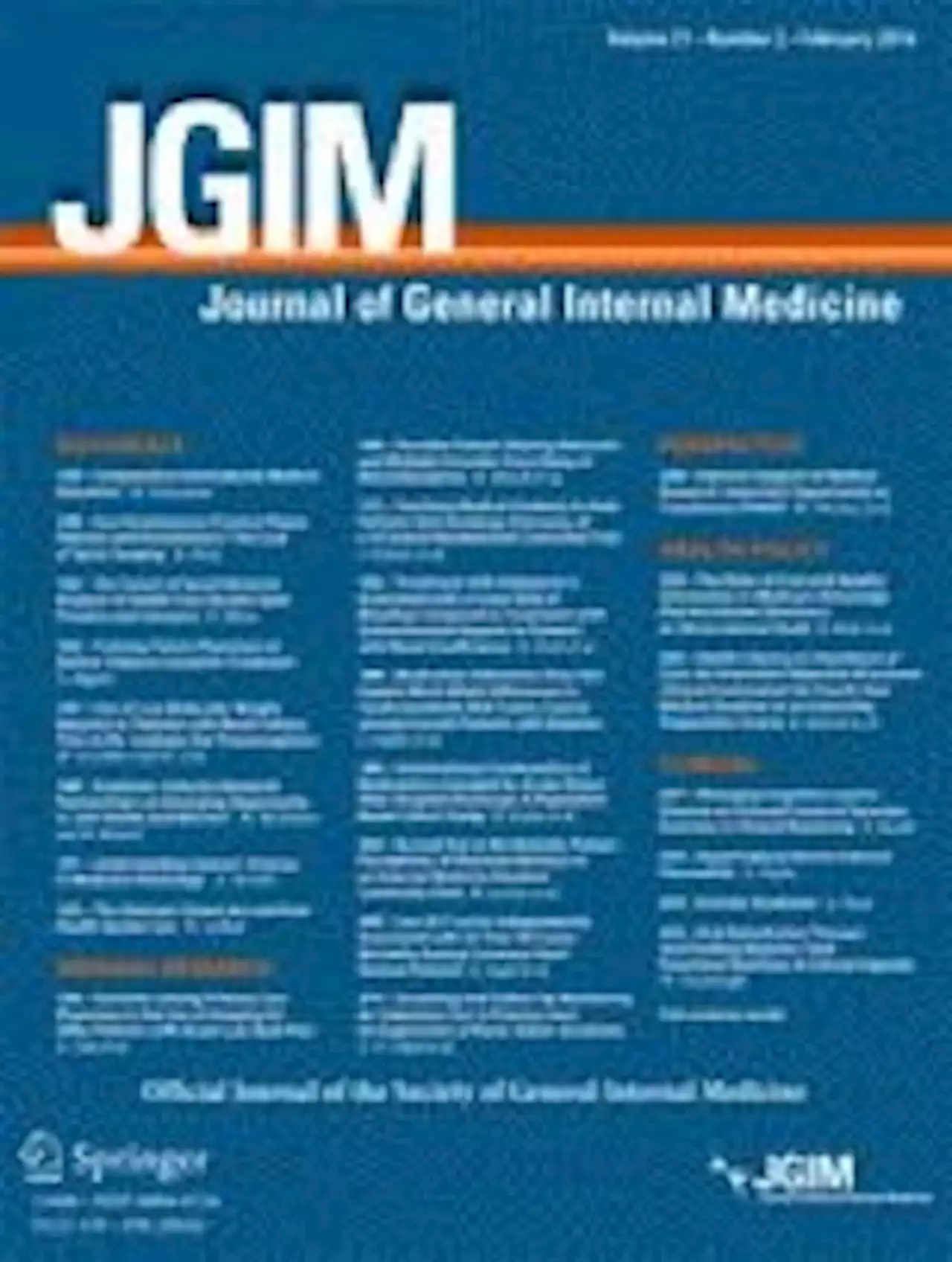A study in the Journal of Translational Medicine finds that in chronic fatigue syndrome, there are subgroups of patients with a similar pattern of symptoms. These symptom-based clusters might help develop tailored treatment options, suggest the authors.
Participants reported the frequency and severity of 79 symptoms related to the illness over the past 6 months. Frequency of symptoms was rated on a 5-point Likert scale: 0 = none of the time, 1 = a little of the time, 2 = about half the time, 3 = most of the time, and 4 = all of the time. Similarly, severity of symptoms was rated on a 5-point Likert scale: 0 = symptom not present, 1 = mild, 2 = moderate, 3 = severe, and 4 = very severe.
Symptom scores were analyzed in two ways: a composite variable was created by averaging the frequency and severity scores of each symptom and multiplying it by 25; the composite score of each symptom ranged from 0 to 100 points.
Severity and frequency scores of the 79 measured symptoms were used. Therefore each participant had 158 features. Clustering was performed on MATLAB , following its default SOM setting, except for the number of iterations for training the SOM, which was changed to 1000 []. The default random number generation of MATLAB was used to initialize all competitive units of the SOM, meaning that with the same input and SOM settings, the results are always the same.
United Kingdom Latest News, United Kingdom Headlines
Similar News:You can also read news stories similar to this one that we have collected from other news sources.
Symptom, Disability, and Financial Trajectories in Patients Hospitalized for COVID-19 at 6 MonthsThis cohort study evaluates long-term physical and financial outcomes of individuals who were hospitalized with COVID-19.
Read more »
 Drug shown to alleviate autism-associated behavior in miceThe behavioral disorders observed in autism are associated with a multitude of genetic alterations. Scientists from the Hector Institute for Translational Brain Research (HITBR) have now found another molecular cause for this condition.
Drug shown to alleviate autism-associated behavior in miceThe behavioral disorders observed in autism are associated with a multitude of genetic alterations. Scientists from the Hector Institute for Translational Brain Research (HITBR) have now found another molecular cause for this condition.
Read more »
 Variability Among Breast Cancer Risk Classification Models When Applied at the Level of the Individual Woman - Journal of General Internal MedicineBackground Breast cancer risk models guide screening and chemoprevention decisions, but the extent and effect of variability among models, particularly at the individual level, is uncertain. Objective To quantify the accuracy and disagreement between commonly used risk models in categorizing individual women as average vs. high risk for developing invasive breast cancer. Design Comparison of three risk prediction models: Breast Cancer Risk Assessment Tool (BCRAT), Breast Cancer Surveillance Consortium (BCSC) model, and International Breast Intervention Study (IBIS) model. Subjects Women 40 to 74 years of age presenting for screening mammography at a multisite health system between 2011 and 2015, with 5-year follow-up for cancer outcome. Main Measures Comparison of model discrimination and calibration at the population level and inter-model agreement for 5-year breast cancer risk at the individual level using two cutoffs (≥ 1.67% and ≥ 3.0%). Key Results A total of 31,115 women were included. When using the ≥ 1.67% threshold, more than 21% of women were classified as high risk for developing breast cancer in the next 5 years by one model, but average risk by another model. When using the ≥ 3.0% threshold, more than 5% of women had disagreements in risk severity between models. Almost half of the women (46.6%) were classified as high risk by at least one of the three models (e.g., if all three models were applied) for the threshold of ≥ 1.67%, and 11.1% were classified as high risk for ≥ 3.0%. All three models had similar accuracy at the population level. Conclusions Breast cancer risk estimates for individual women vary substantially, depending on which risk assessment model is used. The choice of cutoff used to define high risk can lead to adverse effects for screening, preventive care, and quality of life for misidentified individuals. Clinicians need to be aware of the high false-positive and false-negative rates and variation between models when talking with pati
Variability Among Breast Cancer Risk Classification Models When Applied at the Level of the Individual Woman - Journal of General Internal MedicineBackground Breast cancer risk models guide screening and chemoprevention decisions, but the extent and effect of variability among models, particularly at the individual level, is uncertain. Objective To quantify the accuracy and disagreement between commonly used risk models in categorizing individual women as average vs. high risk for developing invasive breast cancer. Design Comparison of three risk prediction models: Breast Cancer Risk Assessment Tool (BCRAT), Breast Cancer Surveillance Consortium (BCSC) model, and International Breast Intervention Study (IBIS) model. Subjects Women 40 to 74 years of age presenting for screening mammography at a multisite health system between 2011 and 2015, with 5-year follow-up for cancer outcome. Main Measures Comparison of model discrimination and calibration at the population level and inter-model agreement for 5-year breast cancer risk at the individual level using two cutoffs (≥ 1.67% and ≥ 3.0%). Key Results A total of 31,115 women were included. When using the ≥ 1.67% threshold, more than 21% of women were classified as high risk for developing breast cancer in the next 5 years by one model, but average risk by another model. When using the ≥ 3.0% threshold, more than 5% of women had disagreements in risk severity between models. Almost half of the women (46.6%) were classified as high risk by at least one of the three models (e.g., if all three models were applied) for the threshold of ≥ 1.67%, and 11.1% were classified as high risk for ≥ 3.0%. All three models had similar accuracy at the population level. Conclusions Breast cancer risk estimates for individual women vary substantially, depending on which risk assessment model is used. The choice of cutoff used to define high risk can lead to adverse effects for screening, preventive care, and quality of life for misidentified individuals. Clinicians need to be aware of the high false-positive and false-negative rates and variation between models when talking with pati
Read more »
 Two-in-one system and behavior-specific brain synchrony during goal-free cooperative creation: an analytical approach combining automated behavioral classification and the event-related generalized linear modelNeurophotonics is a Gold Open Access journal covering advances in optical technology applicable to study of the brain and their impact on the basic and clinical neuroscience applications.
Two-in-one system and behavior-specific brain synchrony during goal-free cooperative creation: an analytical approach combining automated behavioral classification and the event-related generalized linear modelNeurophotonics is a Gold Open Access journal covering advances in optical technology applicable to study of the brain and their impact on the basic and clinical neuroscience applications.
Read more »
 Study indicates that ultra-processed foods are linked to depressionStudy indicates that ultra-processed foods are linked to depression Depression MentalHealth UltraProcessedFood Nutrition Nutritional Psychiatry Nutrients_MDPI unict_it Deakin _KSU
Study indicates that ultra-processed foods are linked to depressionStudy indicates that ultra-processed foods are linked to depression Depression MentalHealth UltraProcessedFood Nutrition Nutritional Psychiatry Nutrients_MDPI unict_it Deakin _KSU
Read more »
 Butyrate in human milk negatively associated with infant weight and BMIButyrate in human milk negatively associated with infant weight and BMI Acinetobacter Antiflammatory Baby Bacteria Breastfeeding Fermentatio Insulin Nutrients Obesity Pregnancy Nutrients_MDPI Cambridge_Uni MJPNI_Global ThisIsReckitt WUR
Butyrate in human milk negatively associated with infant weight and BMIButyrate in human milk negatively associated with infant weight and BMI Acinetobacter Antiflammatory Baby Bacteria Breastfeeding Fermentatio Insulin Nutrients Obesity Pregnancy Nutrients_MDPI Cambridge_Uni MJPNI_Global ThisIsReckitt WUR
Read more »
